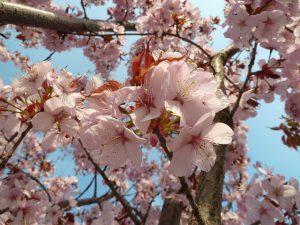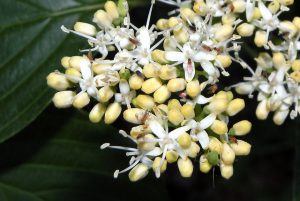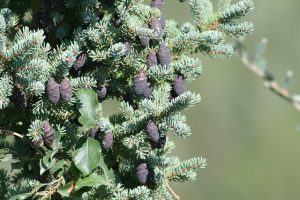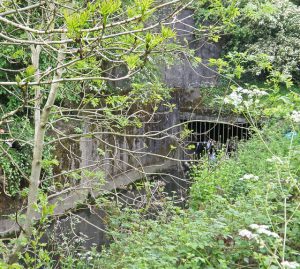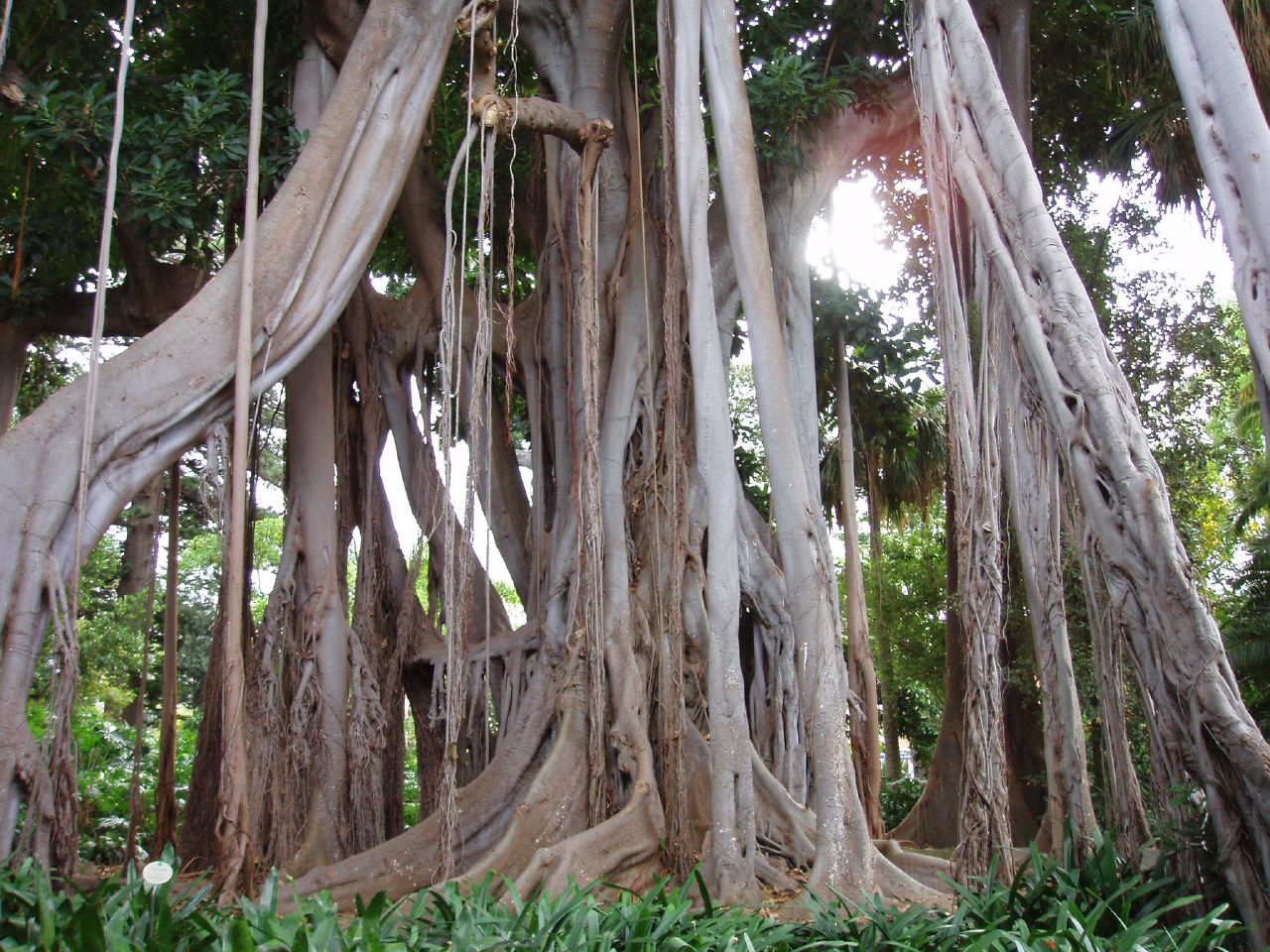
Life is too short to be boring, right? If you are looking for some great trees to add visual interest to your yard, you probably don’t like to wear all one color, dress like everyone else, or decorate like everyone else – and that’s a good thing. Too many people are too content going along with what is “normal” and afraid to buck tradition.
If you are looking for trees that are unusual or special, there is no better place to start your search than with some of the great trees on this list:
Black Cherry Tree
- Grows to be around 100 feet
- Produces cherries and small flowers
- Requires some clean up in return for the fruit
One type of tree that you don’t see all that often is the black cherry tree. Even so, this is one of the best trees to grow in Quebec and Ontario, making it the perfect choice for your yard. It is tenacious, able to withstand quite a bit of what life throws at trees: weather, pollution, diseases, pests, and even kids. Even better, it is one of those trees that will attract quite a few birds to your yard, making it perfect for right outside of your window.
According to Wildflower.org, it is praised for its unique look all year long: “Southwestern varieties are often shrubby. Leaves shiny on the upper surface; blade oblong with a long pointed tip and tapering base, margins finely serrate. White flowers are held in drooping racemes after the glossy leaves have emerged. The dark red fruit changes to black from August through October. Aromatic tree; crushed foliage and bark have a distinctive cherry-like odor and bitter taste, owing to the same cyanide-forming toxic compounds, such as amygdalin, found in the wood and leaves of some other woody members of the Rosaceae. Fall foliage is yellow.”
This isn’t the type of fruit that all people will like to eat – it doesn’t taste like a normal sweet cherry. However, some people do like the bitter but sweet flavor. If you like to bake, it is perfect to use in many different recipes. If you are looking for a unique tree that is strong enough to withstand our weather, the black cherry tree is the perfect place to start.
Alternate-leaved Dogwood
- One of the tallest dogwoods
- Tolerates both sun and shade
- Will grow almost anywhere
If you are the type of person who worries about whether a tree can withstand some of the weather we have in Ontario, this is a tree that will allow you to sleep easily at night. The alternate-leaved dogwood is an interesting and hardy tree – one that we think has fallen out of favor in the last few decades. But it shouldn’t because it is beautiful: large clusters of white flowers appear on these trees in the spring, followed by dark blue berries in the mid-summer.
If you are a fan of nature, this is another great tree for you. According to research by Mcphail Woods, “Berries are a preferred food of ruffed grouse, northern flicker, downy woodpecker, eastern kingbird, gray catbird, American robin, wood thrush, hermit thrush, Swainson’s thrush, gray-cheeked thrush, cedar waxwing, red-eyed vireo, evening grosbeak, purple finch and pine grosbeak. Chipmunks and other small mammals make use of the fruit, while buds are eaten by ruffed grouse and ring-necked pheasant. Alternate leafed dogwood provides cover and nesting sites to many species of birds.”
Black Spruce
- Looks different from other evergreens
- Often called Bog spruce or Swamp spruce
- A great choice for smaller, urban yards
If you want to add visual interest to your yard in a subtle way, then look no further than the black spruce. This tree is unique amongst the evergreens because it is smaller than you typically see, it has descending branches, and it has a spire-like crown. The branches face downward, giving it a unique appearance – especially in the snow. The tree itself has blue-ish green needles which, in the sunlight, can look particularly breathtaking. Unless you trim it not to do so, the lower limbs will touch the ground, giving it another unique look.
Perfect for areas where the weather gets a bit colder, it is used in landscaping as a screen or dividing tree. However, in smaller yards, it can even be used as a standalone tree. One word of caution is that the tree can sometimes grow quite tall (30 to 50 feet), so you want to have that much clearance, per the Morton Arboretum.
Black Willow Tree
- Easy to establish from cuttings
- Hardy and will withstand flooding
- Will germinate in many different soil types
If you live in an area where you will need a tree that will tolerate seasonal flooding (or year-round flooding as the case may be), then a black willow tree might just be the perfectly interesting and unusual tree for your yard. Though they are intolerant of being put in the shade, black willow trees root very easily, making it a great tree to plant on your own if you are willing to branch out.
Once again, this unusual tree is perfect for those that want to look at nature. According to the United States Department of Agriculture, ” The willows are among the first plants to provide honey bees, after long winters, with nectar and pollen. Domestic grazing animals browse in willow thickets. Elk and beaver browse on willow leaves in the summer and willow twigs in the winter.”
If you are looking for a tree care professional in Southern Ontario, give Van Till Tree Care a call today at (705) 653-3777. We will help you to better understand your trees and advise you on particular issues such as green spots, pruning trouble, or soil problems. We can help you with many other issues that you might find among your trees – from the very top of the tree to the roots.

